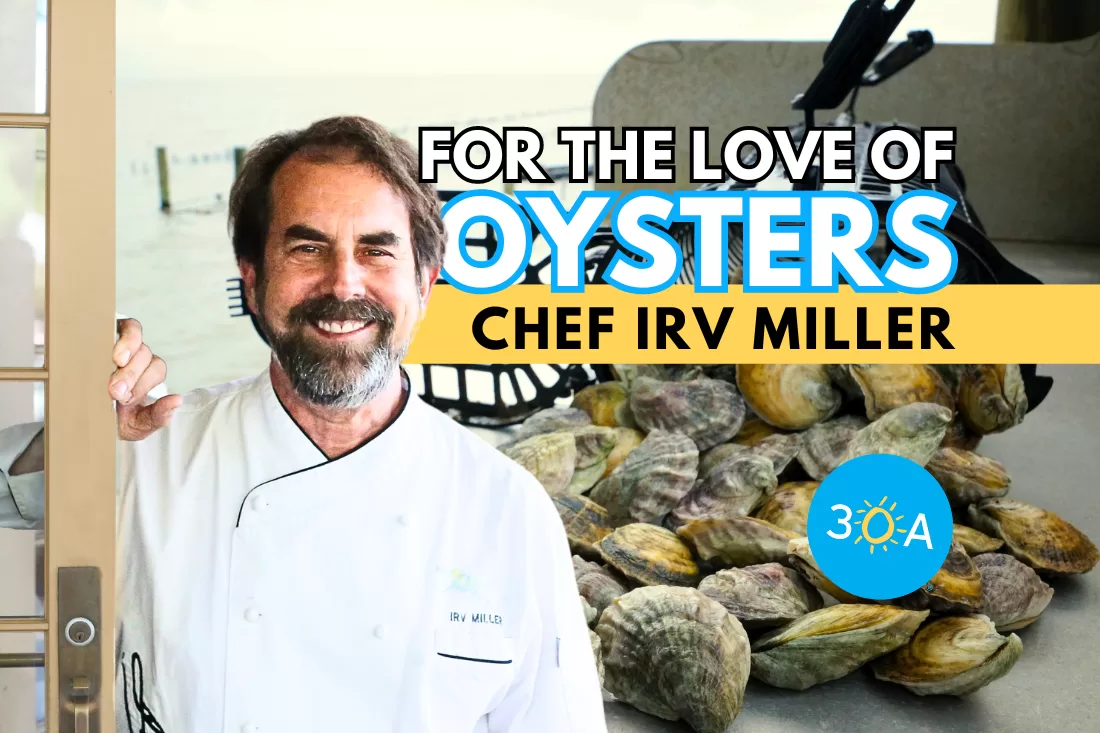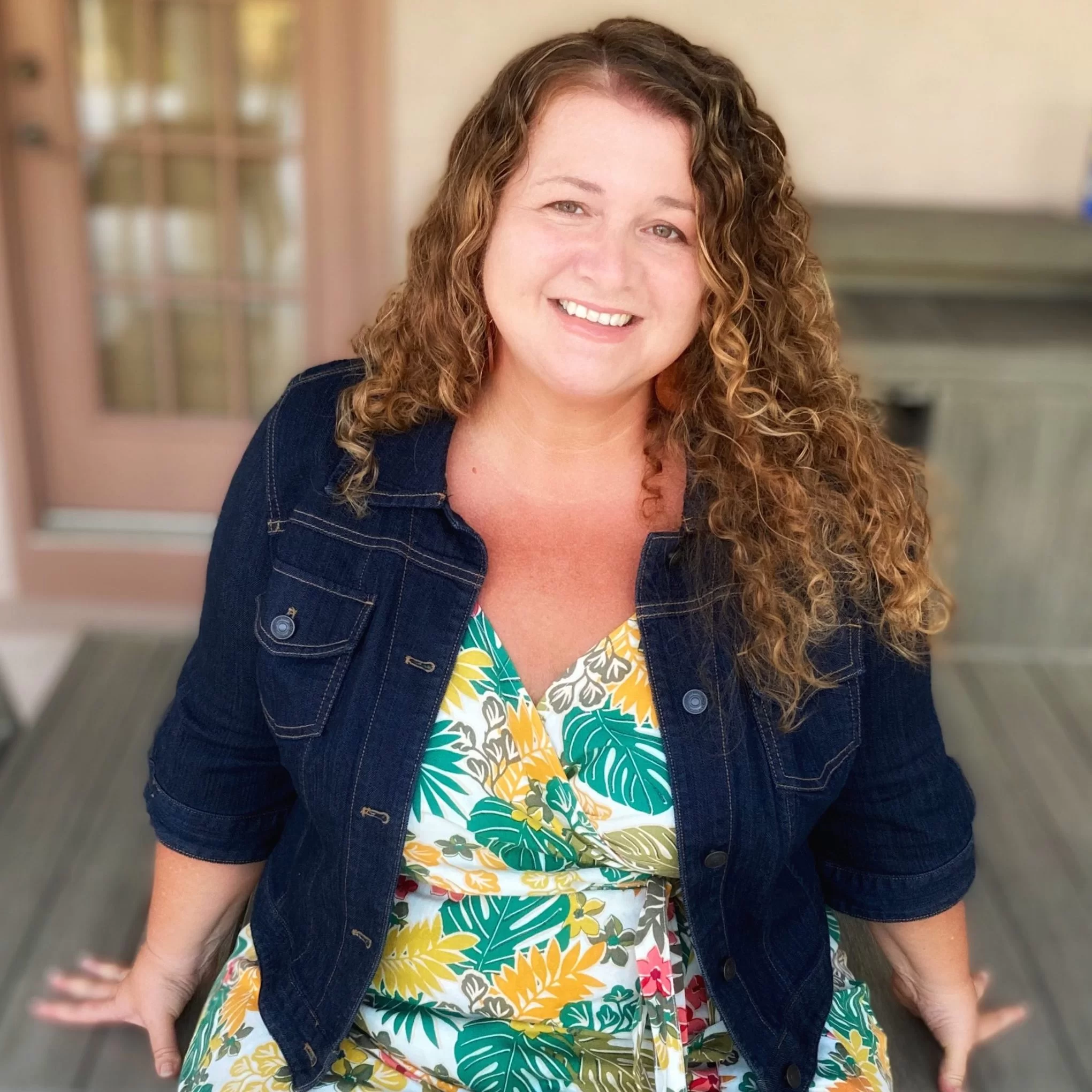Oyster Odyssey: Chef Irv Miller’s Sustainable Seafood Revolution on the Gulf Coast
Sustainable Seafood Revolution! 🦪
Sustainable Seafood Revolution! 🦪

If you’ve delved into sustainable seafood on the Gulf Coast, Chef Irv Miller is a familiar name. He’s the founding chef of Jackson’s Steak House that opened in 1999, in Historic Downtown Pensacola. He has cooked for the James Beard Foundation six times, cooked alongside culinary icon Edna Lewis numerous times, and served as a guest judge on Bravo’s Top Chef.
Cooking in and running kitchens by the age of 25 to pay the rent, Miller enrolled in the Culinary Institute of America (CIA) to further his dream. “In those early years, there were no cell phones and limited internet,” said Miller. “I was inspired by nationally recognized chefs, focused on chef-authored cookbooks, and when possible, I traveled within the states and abroad to acquire insights into worldwide regional foods.”
After two cookbooks, multiple TV spots, and bootstrapping the move towards eradicating lionfish on the Gulf Coast, Miller still champions the small producers and farmers near his hometown. In fact, in 2018, he was dubbed an “oyster change agent” for the region.

The craft oyster movement had started to take hold, but the fledgling industry still experienced backlash from fishermen and traditional oystermen afraid for their livelihoods. Miller, a known advocate for local sustainable ingredients supplied by farmers, dug in.
“After writing my first cookbook in 2015, Panhandle to Pan, I wanted to understand the status of the wild oyster on the Gulf Coast. I wanted to understand their struggles,” said Miller.
The craft oyster industry values informing consumers exactly where their oysters come from, the farmers who tended them, and the husbandry practices employed. Miller found, “It empowers consumers to explore practices and the unique history of where it’s grown. The sustainable oyster movement keeps people working on the water whether it’s the Pacific, Atlantic, or Gulf of Mexico, and it ensures the resource will be available for generations to come, minimizing impact on habitats and other species.”

Today, oyster farms can be glimpsed along the coasts of the Panhandle. Farms in Spring Creek, Apalachicola, Pensacola, and more do the hard work of keeping our waters clean and restoring the ecosystem ravaged by hurricanes and overharvesting. And as Miller says, they aid chefs with the highest quality oysters available. Oyster aquaculture brings sustainability to an industry that has struggled for years.
Miller, who relocated to Destin, Florida, at 28 years old, worked to find his groove in this area, adapting local, sustainable ingredients to the local palate. “I gave the people what they really wanted: New Orleans-style oyster favorites such as Oysters Rockefeller and Oysters Bienville, in a quaint French restaurant in Destin called Les Saison’s. It was here that I began experimenting with menu items such as cooked Gulf Oysters du Jour (oyster of the day),” he explained.
Once he had a handle on the homestyle food of the Gulf Coast region, he poured himself into developing oyster toppings that incorporated flavors from places a little further flung. He still had not dabbled in raw oysters yet, leaving them to the local raw bars and beach shacks that dotted the Panhandle.

That changed in the late 1980s. “Raw bars came into vogue at some of the white tablecloth hot spots like Bud and Alley’s in Seaside, Florida, where I was chef through the late 80s and early 90s,” said Miller.
Today, he is an advocate for the craft oyster movement and supports the work the farmers do to rebuild Gulf Coast oyster beds, estuaries, and bays.
“I love to have family and small gatherings around my own backyard oyster bar at home,” said Irv.
Close friends Bill and Beth Walton created the nonprofit Oyster South, an organization that supports the growing network of oyster farmers in the Southeast. The Waltons helped steer Miller in the right direction to meet oyster farmers for his second book Gulf Coast Oysters. “The organization offers resources to support oyster farmers, cultivate thriving communities, encourage healthy waters, and celebrate good food in the southern United States,” said Miller. “Their vision is to highlight and expand the environmental and economic benefits of oyster farming in the South, which will ultimately increase sustainable seafood production, improve the health of our waters, create jobs for our coastal communities, and promote appreciation for Southern farm-raised oysters.”

Miller explained that there is no need to abstain for months without Rs. Craft or farmed oysters are grown from spat (seed) and they don’t reproduce, which is different from wild oysters that spawn. Like wild oysters, they must adhere to the same stringent Florida public safety guidelines—in the refrigerator by 11:00 a.m. and below 45 degrees within two hours to prevent bacteria growth. Farmed oysters can be enjoyed year-round without fear.
“I have been a chef along the Gulf Coast for over four decades. Sixteen years in Destin and Seaside, with the last twenty-five years at Jackson’s Steakhouse in Pensacola. I have a penchant for sustainably harvested Gulf Coast seafood, and I am most excited to continue to support food entrepreneurs and farmer stakeholders of all sorts and to provide them with an opportunity to showcase their foods,” said Miller. “Our off-bottom farm-raised oysters rival the finest cold-water-farmed oysters, and they are shaking up the oyster market in raw bars and restaurants around the country!”


